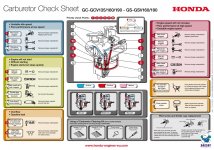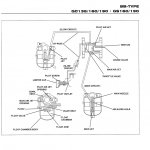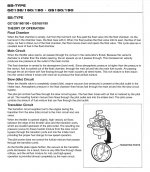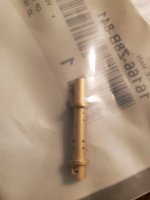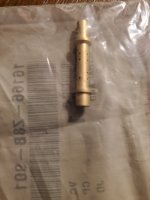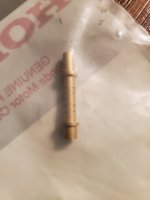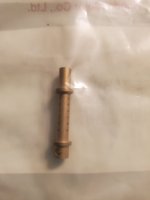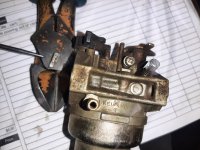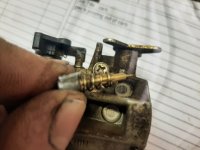DavidBoren
Member
- Messages
- 32
- Reaction score
- 8
First off, I would kind of like to get an idea of which carbs everyone is using... the jets you have found that work best... and the displacement/rpms of the engine the carb(s) is being used for.
I believe it was Voltaire that said we must first define our terms, so I will lead with a simple format example we can use as a template going forward...
Displacement: 166cc
RPM: ~3100
Carb type: constant velocity [Keihin]
Carb size: 18mm
Jetting: 55/35
E-tube (if applicable):16166-Z8B-901
Clip position: non-adjustable
Fuel screw: non-adjustable
Air screw: not applicable
I think that covers most of the basic carb specs. Feel free to add more info, and obviously not everything needs filled out... it's not a test.
Secondly, I would like to know your guys' approach to tuning [your carbs]... play by ear? Read plugs? Data logging with sensors? Do you follow any particular tuning theory like Rich of Peak vs Lean of Peak?
And last, but not least, perhaps discuss what changes you have made that required tuning the carburetor to compensate... new air filters or intakes or exhausts... compression or timing or ignition changes... anything that required a change to be made to the carb. What was the modification that prompted tuning the carb, and what was the tuning solution done to the carb (jetting changes, etc)?
I believe it was Voltaire that said we must first define our terms, so I will lead with a simple format example we can use as a template going forward...
Displacement: 166cc
RPM: ~3100
Carb type: constant velocity [Keihin]
Carb size: 18mm
Jetting: 55/35
E-tube (if applicable):16166-Z8B-901
Clip position: non-adjustable
Fuel screw: non-adjustable
Air screw: not applicable
I think that covers most of the basic carb specs. Feel free to add more info, and obviously not everything needs filled out... it's not a test.
Secondly, I would like to know your guys' approach to tuning [your carbs]... play by ear? Read plugs? Data logging with sensors? Do you follow any particular tuning theory like Rich of Peak vs Lean of Peak?
And last, but not least, perhaps discuss what changes you have made that required tuning the carburetor to compensate... new air filters or intakes or exhausts... compression or timing or ignition changes... anything that required a change to be made to the carb. What was the modification that prompted tuning the carb, and what was the tuning solution done to the carb (jetting changes, etc)?

